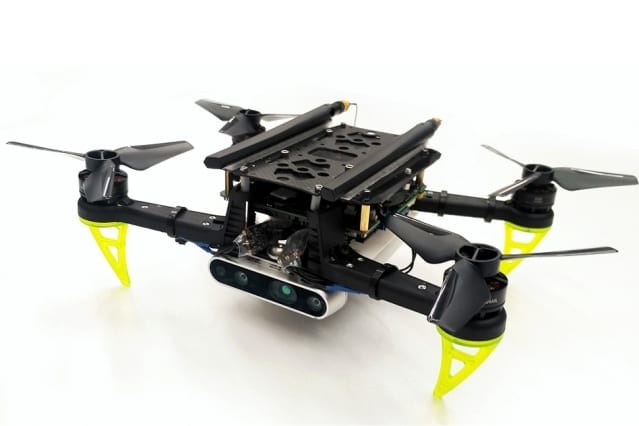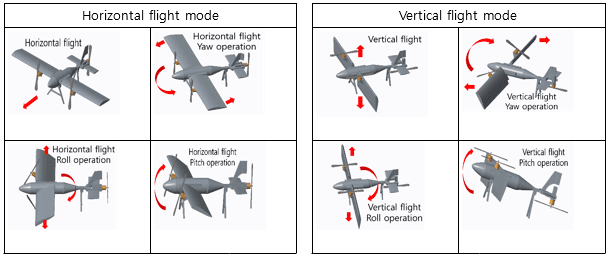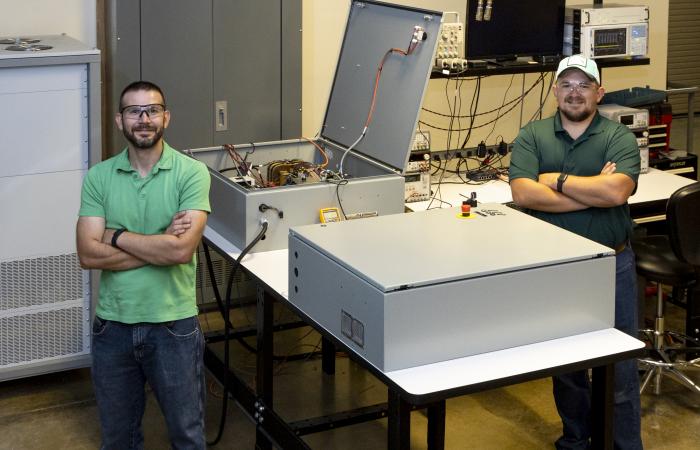
via MIT
A research team from Japan has developed a single-camera machine vision algorithm, making it possible for lightweight hovering indoor robots to guide themselves by identifying and interpreting reference points on a tiled floor. The technology opens the door to a new breed of functional, low-cost drones with potentially wide-ranging uses.
The team, led by Chinthaka Premachandra, an Associate Professor in the Department of Electronic Engineering at Shibaura Institute of Technology, published its findings in IEEE/CAA Journal of Automatica Sinica, a joint publication of the Institute of Electrical and Electronics Engineers (IEEE) and the Chinese Association of Automation (CAA).
Since GPS signals are too weak to penetrate most structures, indoor drones must rely on environmental queues, which are typically visual. A drone designed for indoor use is likely to be smaller and lighter than an outdoor drone, according to Premachandra. “We considered different hardware options, including laser rangefinders,” he said. “But rangefinders are too heavy, and infrared and ultrasonic sensors suffer from low precision. So that led us to using a camera as the robot’s visual sensor. If you think of the camera in your cell phone, that gives you an idea of just how small and light they can be.”
Premachandra’s research team aimed to design the guidance algorithm to be as simple as possible, allowing for a small, inexpensive microprocessor. The team used the Raspberry pi3, an open-source computing platform that weighs approximately 45 grams.
Their study prototype had a single downward facing camera with intentionally low resolution – only 80 by 80 pixels. “Our robot only needed to distinguish its direction of motion and identify corners. From there, our algorithm allows it to extrapolate its position in the room, helping it avoid contacting the walls,” Premachandra said.
The team’s program worked by taking each 80×80 image through a series of simple processing steps ending in a black and white grid, making it easier to quickly identify motion along the X and Y planes.
The guidance method is limited because it relies on a room with a tile floor and predictable patterns. Premachandra said next steps in research into lightweight, autonomous-hovering, indoor robots might include adapting the technology for infrared cameras so they could function in the dark, as well as adding a second camera so the robot could visually determine both its X,Y position and its altitude in the room.
“There are many potential applications,” Premachandra said. “Hovering indoor robots may be useful in warehouses, distribution centers, and industrial applications to remotely monitor safety.”
The Latest Updates from Bing News & Google News
Go deeper with Bing News on:
Indoor drones
- Universal Orlando sets date for DreamWorks Land, Hogwarts Always coming summer 2024
Universal Studios Orlando is getting ready for summer 2024 by opening up a themed land and unveiling several new experiences for muggles, er, guests.
- Uniform Sierra Aerospace launches its NDAA-compliant Arrowhead ’24 drone
Uniform Sierra Aerospace has launched its Arrowhead ’24 drone model, an unmanned aircraft system that improves upon the original Arrowhead model, which has been used by public safety and government ...
- New Tomatoes for Machine Harvest Could Be Game Changer
Manually picking tomatoes has always gone hand in hand for growers of the crop. The tedious task for farmworkers could be getting some relief soon though. University of Florida researchers recently ...
- Redding Police demonstrate special services at fourth Citizen's Academy
The fourth session of the Redding Police Department's Citizen's Academy covered a lot of ground, literally... Mostly from the air.
- What to do in MKE: Milwaukee with Kids Weekend Picks: April 25-28
This weekend is your chance to see one of Milwaukee's most popular museums — for free! Plus, your kids will go crazy for an indoor drone racing competition, and several family-friendly theater ...
Go deeper with Google Headlines on:
Indoor drones
[google_news title=”” keyword=”indoor drones” num_posts=”5″ blurb_length=”0″ show_thumb=”left”]
Go deeper with Bing News on:
Indoor robots
- Orbbec Unveils Gemini 330 Series of Stereo Vision 3D Cameras Powered by Latest ASIC for Outdoor and Indoor Performance
Orbbec, an industry leader dedicated to 3D vision systems, introduced its Gemini 330 series, featuring the Gemini 335 and Gemini 335L Stereo Vision 3D cameras. Engineered as universal solutions for ...
- Enter Robots: Are We Ready?
The term “robot” suggests a human-like machine—a walking, talking automaton. Robotics is a much broader technology: Assembly robots in factories, warehouse workers, or surgical robots in ...
- The robots are coming ... for your wedding
The cue for the abnormal wedding stuff. “Start waving those hands for the PARTY ROBOT!” Into the candlelit banquet hall lumbered a menacing eight-foot-tall humanoid machine, pumping his ...
- Indoor Service Robot Design with ROS and Deep Learning
In a recent paper published in the journal Machines , researchers from China presented the design of an intelligent indoor service robot capable of performing tasks like precise object recognition, ...
- Throwflame unveils robot dog Thermonator — with flamethrower attached
Throwflame suggest the robot can be used for wildfire control and prevention, entertainment shows or even clearing snow and ice from your driveway.
Go deeper with Google Headlines on:
Indoor robots
[google_news title=”” keyword=”indoor robots” num_posts=”5″ blurb_length=”0″ show_thumb=”left”]










